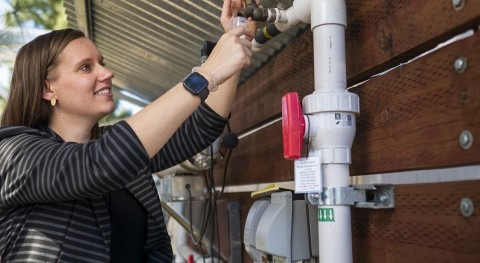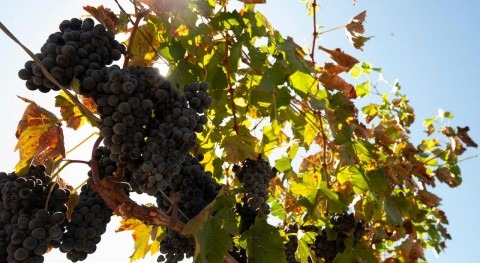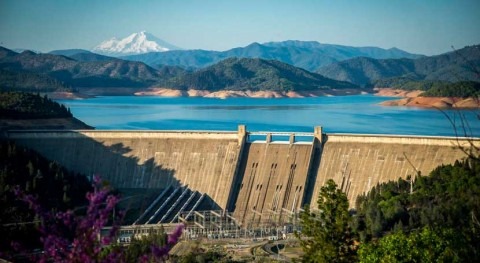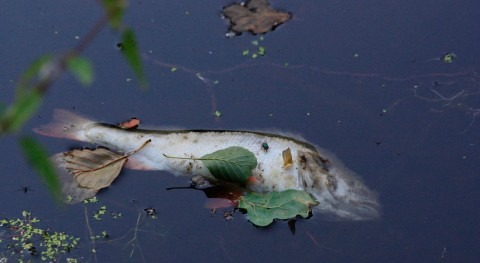How long can trees tolerate drought before the forest dies?
Researchers from UC Davis can now predict which forests could survive despite future drought. Their new method links precipitation to tree growth, and it can help people decide where to put their resources as climate change affects patterns of snow and rainfall that impact the health of forests.
"If a forest is doing OK, but in the future we know it's likely to get only half the average rainfall it used to get, we can calculate the likelihood it will die," said Jessie Au, a postdoctoral scholar in the Department of Plant Sciences. She works with Troy Magney, an associate professor in the department.
The tool that Au and team developed will help anyone managing forests or using forests to store climate-warming air-borne carbon. That is of growing interest because companies are increasingly investing in forest lands to offset their greenhouse gas emissions. Forests breathe in carbon dioxide from the air and turn the carbon into food, storing it in their trunks, roots and leaves.
But trees need water to breathe in that air-borne carbon. If they don't get enough water, they can live off their reserves of stored carbon for a while. Like starving people living off first their fat, then consuming their own muscle, trees eventually reach a tipping point. Either rains return, and trees can recover and start making food again, or drought continues, and the forest starves to death.
Au and team discovered that tipping point by studying a forest devastated by drought in California's southern Sierra Nevada. There, in the years following the record-shattering drought of 2012 to 2015, millions of trees died, as happened across the American West. Au's team linked changes in precipitation during that period to life processes inside the trees, and showed the lag time between the stress of drought and trees' response.
A paper describing this link, and the tool they adapted to measure a forest's chances of surviving, was published recently in the journal Global Change Biology. Researchers included Chris Wong, a project scientist also with Magney's Plant Optics Lab.
Tracking the death slide in real time
In their study, Au's team looked at precipitation, soil moisture and temperature in the forest, and measured how much carbon dioxide the trees were breathing in. Using a new methodology, dubbed CARDAMOM, they linked that information to figure out how much carbon the trees were putting into their reserves, such as wood, roots and leaves, and they tracked how the reserves dwindled as the drought wore on.
When the drought started in 2012, they found trees continued to appear all right for a few years, as they lived off their reserves. However, by 2015, the trees passed a tipping point: They had used up their reserves, and 80 percent of the trees in that forest were functionally dead. They could no longer convert carbon dioxide into food.
As Au and others continue to build on CARDAMOM, it could offer even more information about what is happening inside trees during drought and other stresses, then predict how the forest will cope with future drought.
"With this new methodology, we can now link drought to tree death later on, and we can assign a number to that risk," Au said. "It's helping us identify vulnerable spots and whether we can save them."













